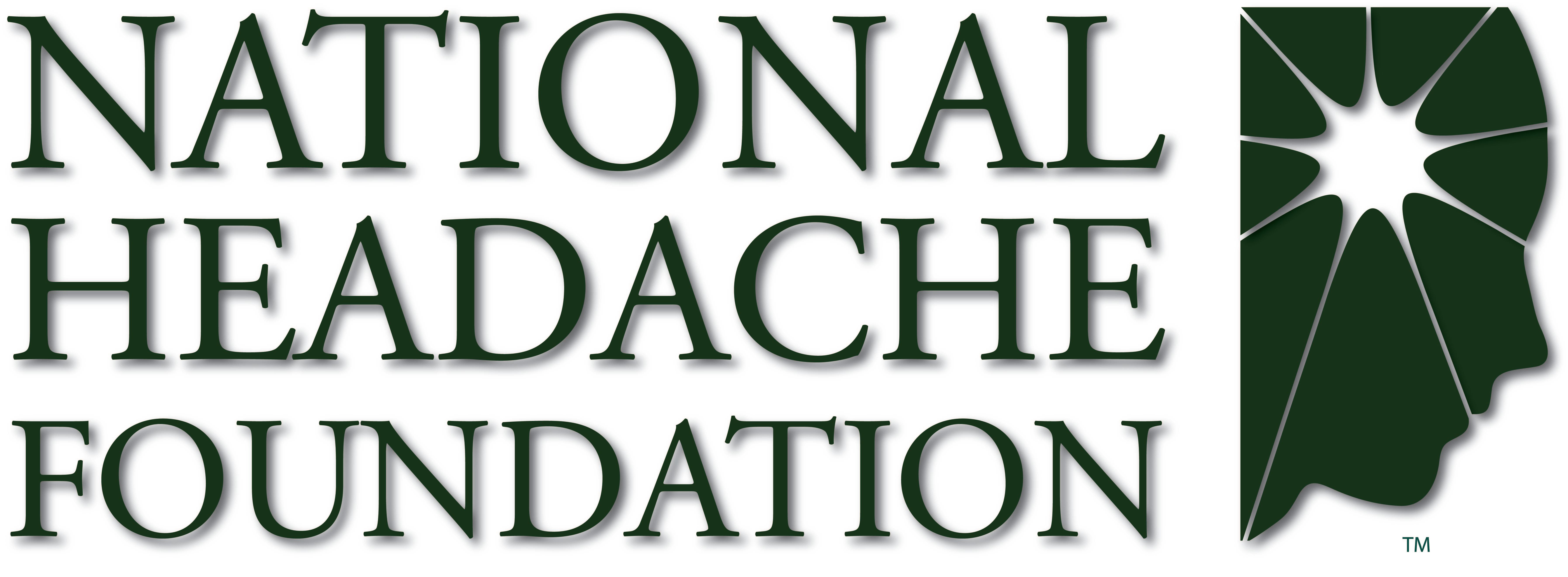
Tackling the Challenges of Medication Overuse in Chronic Migraine

Vincent Martin, MD, president of the National Headache Foundation, provided insight on the ongoing challenges of treatment optimization for patients with chronic migraine.
This is a 2-part study.
The overuse of symptomatic medications is common in patients with chronic migraine, leading to more frequent headaches, medication side effects, and reduced quality of life. The Medication Overuse Treatment Strategy (MOTS) trial, an open-label, pragmatic clinical trial, aimed to determine whether migraine preventive therapy without switching or limiting the frequency of the overused medication was noninferior to migraine preventive therapy with switching from the overused medication to an alternative medication that could be used less than 2 days a week.1
At the conclusion of the study, migraine preventive medication without switching of the overused medication was confirmed not inferior to the other treatment group in terms of moderate to severe headache day frequency during weeks 9 to 12 (switching, 9.3 days [SD, 7.2] vs no switching, 9.1 days [SD, 6.8]; P = 0.75; 95% CI, –1.0 to 1.3). The findings added more clarity to the ongoing discussions about optimal treatment strategies for patients with chronic migraine with medication overuse.
Vincent Martin, MD, president,
NeurologyLive®: Are there complexities with which medications you can and cannot switch onto? Do mechanisms of action force different clinician decisions?
Vincent Martin, MD: The new acute therapies we use are called gepants and they block calcitonin gene-related peptide protein. Those medications have been used not only acutely, but in some cases, preventively. We don’t think that they have the same propensity to cause medication overuse as some of the other traditional therapies. We already talked about opiates and butalbital-containing medications having the highest risk of medication overuse. This may be a different animal when we start throwing some of the newer therapies into this.
What are the greatest unmet needs for these patients?
When you manage chronic migraine patients it’s not just about medications. It really takes a full court press and a multi-modality treatment to manage many of these people. It’s not just putting them on one preventive, but you have to change lifestyles. In some cases, they may need to lose weight or be on a diet. In some cases, if they have a neck trigger or a cervicogenic trigger, they might need that physical therapy and so forth. It’s about treating the whole patient. If they’re overusing caffeine, they may need to reduce their consumption.
In addition to that, they need to be put on appropriate preventive medications. It’s usually not just one. You might have them on onabotulinumtoxinA or on a tricyclic antidepressant or a beta-blocker or topiramate. It’s getting the right combination of medications for them. Additionally, you want to involve them in the treatment schedule. You want them doing some things because otherwise what happens is sometimes, maladaptive behaviors can subvert the treatments that you’re trying to have with these patients. It’s something where you’ve got to hit on all cylinders so to speak. You’re not going to accomplish all that in one office visit. You might need to follow these people over 6 months, a year, or a year and a half until you start gradually reducing the frequency of headaches. Sometimes each intervention may work by 10% or 15%, but you know If you get 4 to 5 improvements of 10% or 15%, you’ve got quite the improvement you need in that individual.
What types of related research is needed to understand more about treatment strategies for these patients?
I think that more work needs to be done on medication overuse and studies that include a greater percentage of narcotics and butalbital-containing medications. Those are completely different players in medication overuse. Different than triptans, NSAIDs, acetaminophen, and so forth.
I’ll finish on one other separate thought. Even if the strategies were the same—both groups are on a preventive, you then withdraw medications and put them on either on another medication or let them overuse the medication—you could argue that getting them off their overuse medications whether or not it makes a tremendous difference in their headaches, is still extremely important because a lot of those medications can have other [adverse] effects. If you take anti-inflammatories everyday of your life, you might have kidney disease or you might develop an ulcer for some other complication. I would argue that it would still be good to decrease their medications; although, if you get them on the right preventive, oftentimes there will be a decrease in medications.
Transcript edited for clarity.
REFERENCE
1. Schwedt TJ, Hentz JG, Sahai-Srivastava S, et al. Patient-centered treatment of chronic migraine with medication overuse: a prospective, randomized, pragmatic clinical trial. Neurology. 2022;98(14). doi:10.1212/WNL.0000000000200117
Newsletter
Keep your finger on the pulse of neurology—subscribe to NeurologyLive for expert interviews, new data, and breakthrough treatment updates.

























